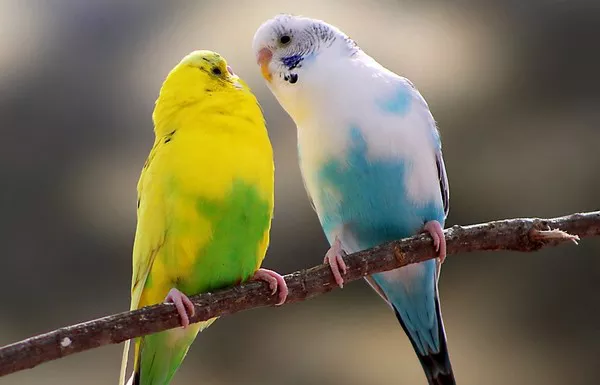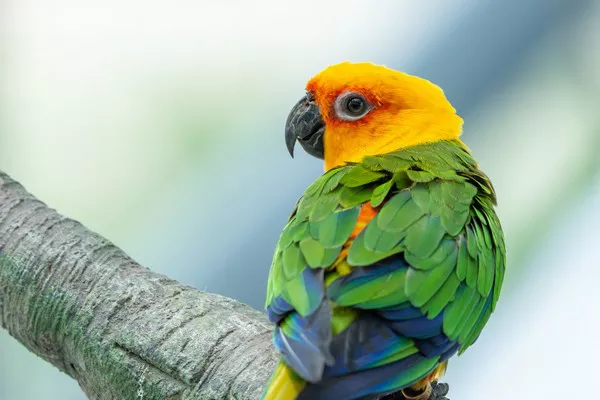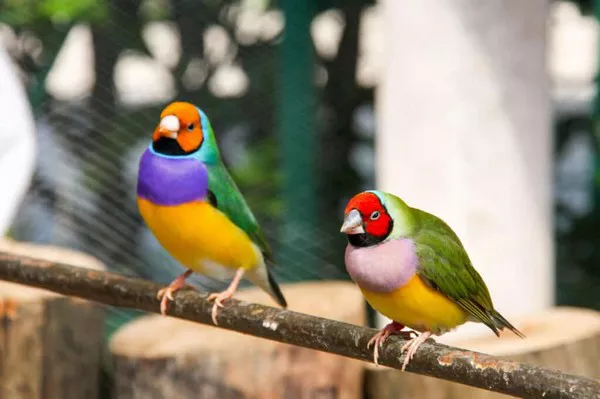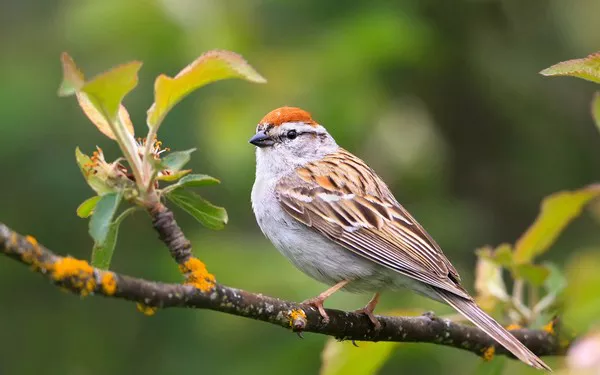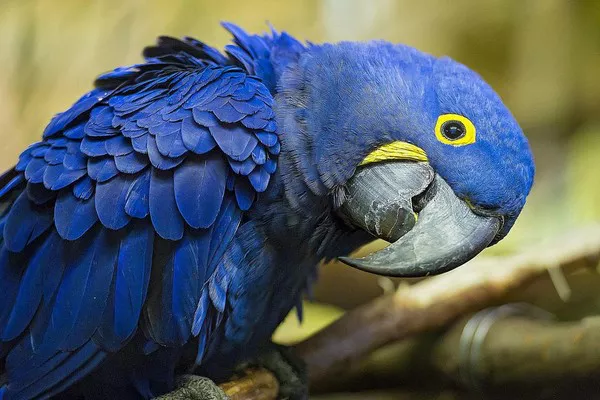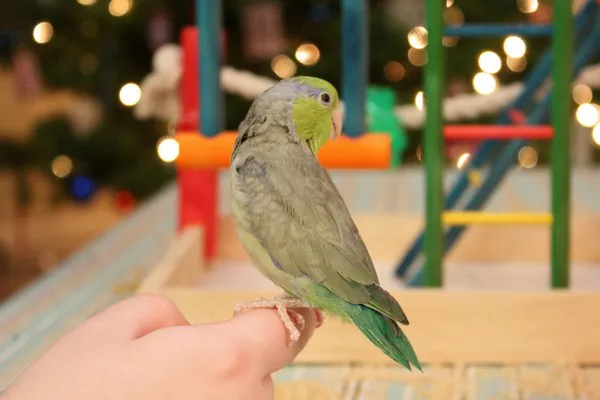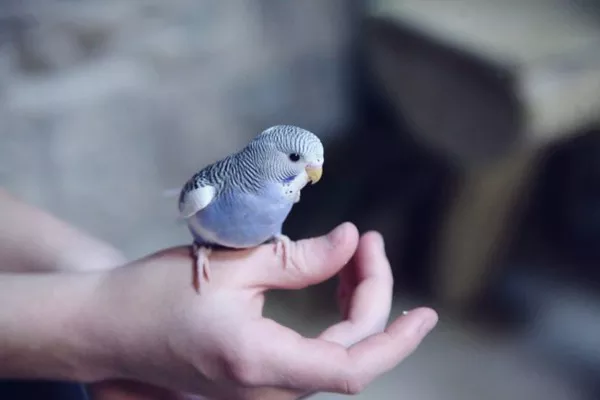Sun conures are not just a feast for the eyes with their bright yellow, orange, and green feathers; they also bring a unique charm to the world of avian companionship. As a veterinarian and self-proclaimed pet enthusiast, I’ve observed the delightful behaviors of these feathered friends, and one question often pops up: How many times do sun conures breed in a year? The answer is not as straightforward as it may seem, and it involves a mix of biological rhythms, environmental factors, and of course, a dash of their flamboyant personalities.
In this article, we’ll explore the breeding habits of sun conures, uncover their mating rituals, and discover the factors influencing their reproductive cycles. We’ll also sprinkle in some humor, because let’s face it, who doesn’t enjoy a good chuckle about our feathered friends?
The Basics of Sun Conure Breeding
Sun conures (Aratinga solstitialis) are small, social parrots native to South America. They thrive in the wild in areas such as northern South America, especially in regions of Brazil and Guyana. These birds are known for their lively nature and vocal abilities, making them popular pets. However, breeding sun conures requires understanding their natural instincts and behaviors.
Typical Breeding Frequency
In the wild, sun conures usually breed once a year. The breeding season typically aligns with the rainy season in their natural habitat, which provides abundant food and nesting opportunities. The average breeding frequency for sun conures in the wild can be one to three clutches per year, with each clutch containing about three to five eggs. The timing may vary based on environmental conditions, food availability, and social dynamics within their flocks.
Factors Influencing Breeding Frequency
The breeding frequency of sun conures can vary significantly based on several factors:
Environmental Conditions
Sun conures are heavily influenced by their environment. In the wild, they breed during the rainy season when food is plentiful. In captivity, however, they can be bred at any time of the year, given the right conditions. Pet owners often mimic these conditions by providing a proper diet, adequate lighting, and a comfortable nesting area.
Diet and Nutrition
A well-balanced diet plays a crucial role in the reproductive health of sun conures. These birds thrive on a diet rich in fruits, vegetables, seeds, and pellets. A nutritious diet ensures they have the energy needed for breeding and raising chicks. Lack of proper nutrition can lead to reduced fertility and lower breeding frequency.
Social Structure
Sun conures are social creatures. Their breeding habits are influenced by their interactions with other conures. In a flock, certain individuals may dominate breeding opportunities. In captivity, pairs that bond well are more likely to breed successfully. This bond is essential for their breeding success and the overall health of their offspring.
Age and Maturity
Sun conures typically reach sexual maturity around 1 to 2 years of age. However, younger birds may not breed as frequently or successfully. Experienced pairs are more likely to have multiple clutches per year compared to younger or less bonded pairs.
Mating Rituals: A Colorful Courtship
Before we dive deeper into the specifics of their breeding frequency, let’s take a moment to appreciate the dazzling courtship rituals of sun conures. If you’ve ever witnessed their courtship, you’ll know it’s quite a spectacle!
Display of Colors
Sun conures are naturally vibrant, and during courtship, they display their colorful plumage even more prominently. Males often flaunt their bright colors, fluffing up their feathers to appear larger and more attractive to potential mates.
Vocalizations
Their vocal prowess is legendary! During courtship, males often engage in a series of melodious calls and chirps to attract females. It’s like an avian serenade, and it’s hard not to chuckle at the enthusiasm these little musicians display.
Mutual Preening
One of the sweetest courtship behaviors involves mutual preening. The pair will groom each other, strengthening their bond. This behavior is not just practical; it’s also a sign of affection and trust between the two birds. Aww, right?
Nesting Preparations
Once a pair has bonded, they begin the process of selecting a nesting site. In the wild, sun conures often nest in tree cavities. In captivity, owners can provide nesting boxes to simulate this natural environment. The pair may spend time preparing the nest, which can include shredding paper or other materials for bedding.
Egg Laying and Incubation
Once the nesting site is ready, it’s time for the real action—egg-laying! Here’s a breakdown of what happens next:
Clutch Size
A typical clutch of sun conure eggs contains three to five eggs. The female usually lays one egg every other day until the clutch is complete. This timing allows her to begin incubation while still laying eggs.
Incubation Period
The incubation period lasts about 24 days. During this time, the female will sit on the eggs while the male provides food and protection. It’s a team effort, and the male often takes his role very seriously—after all, he’s got a family to support!
Chick Development
Once the eggs hatch, the real fun begins. Sun conure chicks are born blind, featherless, and entirely dependent on their parents. Here’s what to expect during this crucial stage of development:
See Also: Are Sun Conures Always Loud?
Feeding and Care
The parents will feed the chicks by regurgitating food. It’s a bit messy but essential for the chicks’ growth. The parents will continue to care for the chicks for about six to eight weeks, teaching them how to eat and fly.
Fledging
Around six weeks old, the chicks will start to fledge, or develop the feathers necessary for flight. This period is crucial as they begin to explore their surroundings, and their parents must ensure they stay safe from potential dangers.
Post-Breeding Behavior
After raising their chicks, sun conures may take a break before breeding again. This recovery period is vital for both the parents and the chicks. Here’s what happens:
Rest and Recovery
Breeding can be exhausting! The parents need time to regain their strength and energy before embarking on another round of breeding. This period may last several months, allowing them to prepare for the next breeding cycle.
Socialization
Once the chicks are independent, the parents often resume their social activities. Sun conures are known for their playful nature, and they will engage in various activities with other birds or their human companions.
FAQs About Sun Conure Breeding
How can I tell if my sun conures are ready to breed?
Look for signs of bonding behaviors, such as mutual preening and increased vocalizations.
What is the best diet for breeding sun conures?
A balanced diet rich in fruits, vegetables, seeds, and high-quality pellets is ideal.
Can sun conures breed year-round in captivity?
Yes, with proper care, they can breed at any time of the year, unlike in the wild where they follow seasonal patterns.
What are the signs of a successful breeding pair?
A successful pair will show strong bonding behaviors, such as preening and feeding each other.
How can I create a suitable nesting environment for my sun conures?
Provide a nesting box filled with suitable materials, and ensure they have a quiet, safe space away from disturbances.
Conclusion
In conclusion, the breeding habits of sun conures are a vibrant tapestry woven with factors such as environmental conditions, diet, social structure, and the bonds between mates. While they typically breed once a year in the wild, captivity can allow for more flexibility in their breeding cycles, with some pairs successfully raising multiple clutches in a year.
Understanding the intricacies of sun conure breeding is essential for anyone looking to keep these lively birds as pets. Their colorful courtship, devoted parenting, and charming behaviors make them a delight to observe. Just remember, if you’re considering breeding sun conures, be prepared for the joyful chaos that comes with it!
Related Topics:


